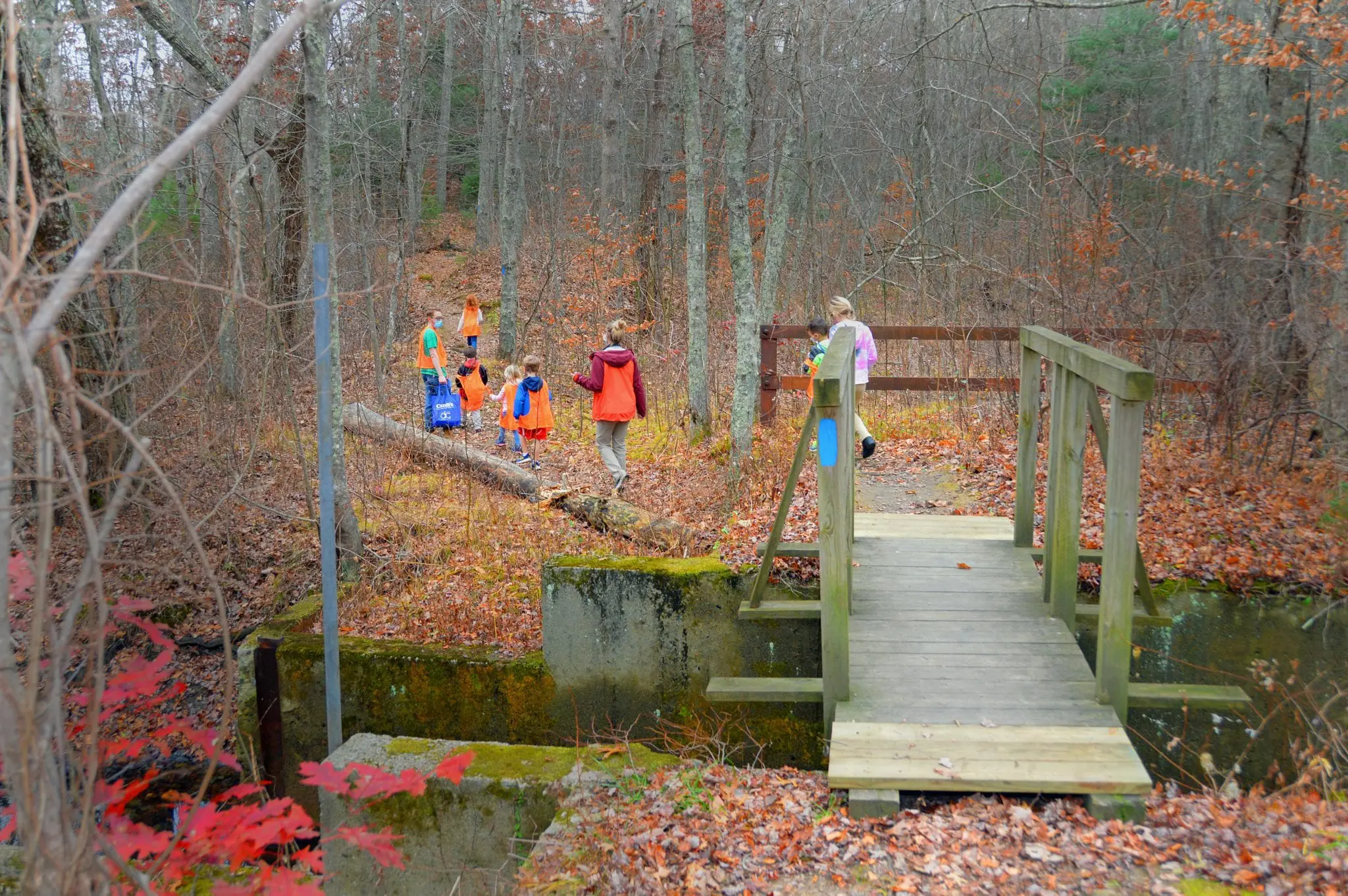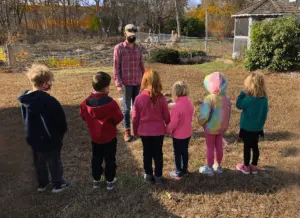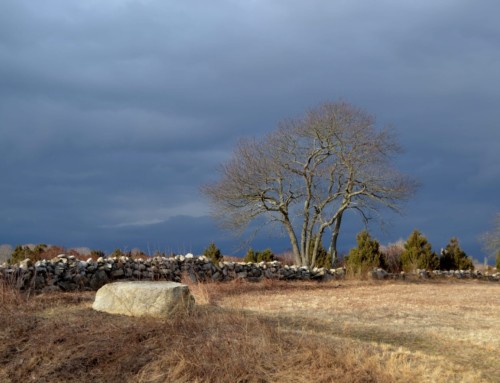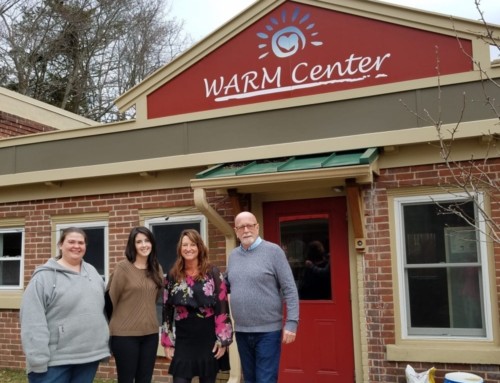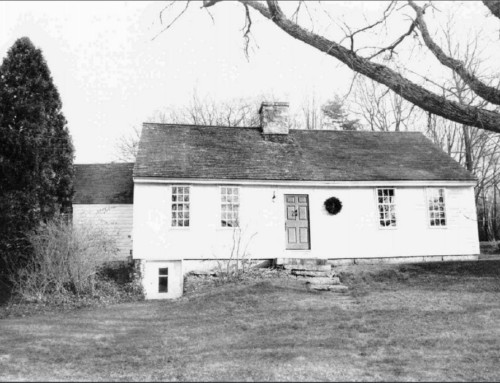The path at the Grills Preserve winds through the forest as a group of young students excitedly point out their new discoveries.
“Look, there’s a bug on the water,” said a boy as they all peered into the small stream.
“That’s a water strider,” explained Joe, one of the two Westerly Land Trust staff members leading the group.
A girl picked up a stone and dropped it in the water, “Look at all the ripples,” she laughs.
“Can you tell me what causes the ripples?” Joe asks.
And so it goes, children having a fun adventure and learning about the world in which they live.
This last year has been a struggle for many families with children. Every aspect of our lives has been changed by COVID-19. Many children are in school virtually and becoming more isolated. Sitting staring at a computer screen all day is not a great way to learn. To help young students with their environmental education the Westerly Land Trust has developed a pilot program aimed at getting children back outside to safely experience nature. This hands-on environmental education is vitally important because it not only teaches children about the world’s current environmental situation, but it also connects them with nature.
Meg Lee, Westerly Land Trust’s Conservation Programs Manager, spoke about the new program:
“Our Living Laboratories program is focused on getting children outdoors in a way where they can safely experience the environment around them. We wanted to design a program that uses several WLT preserves. Joe Barnes, our youth education/community engagement coordinator has been writing great environmental educational curriculum specific to this new program. We are able to take what children are learning in school and directly connect it with hands-on environmental education outdoors, something that they’re currently missing.”
“The programs are called Living Laboratories because we’re using the preserves as a real living laboratory,” said Joe. “It’s a very out of sync year for students, and we wanted to supplement students’ environmental education curriculum. The curriculum that we developed is based on the Westerly Land Trust properties, the Next Generation Science Standards (NGSS), and Rhode Island’s environmental education standards in order to make sure that students are getting the appropriate lesson topics.
“We used some traditional resources to plan out activities to emphasize those lesson topics based on what preserve we’re on, which grade group we’re teaching, and which lesson is being taught. Our preserves offer an array of ecosystems to explore providing an excellent opportunity for students to study wildlife, habitats, geology, botany, and more.
“It allows them to connect with and understand the natural world. WLT is also currently working with several local schools to engage students in hands-on experiences aimed at instilling a deep understanding and appreciation for the environment.”
The Westerly Land Trust’s education initiative supports the Rhode Island Environmental Literacy Plan. Rhode Island is among the first states in the nation to finish an Environmental Literacy Plan opening the door for potential federal funding that will help equip teachers with skills, knowledge, and the confidence needed to integrate critical environmental and science learning into their curricula. The Land Trust’s educational programming also aligns with GEMSnet (Guiding Education in Math and Science Network) to apply science education goals on the land.
“The students are visiting different preserves every week,” said Meg. “When they come to the Barlow Nature Preserve they’re learning about Frontier Farm and all of the work that goes into it. We work with the farmer, Cassidy Whipple, to incorporate lessons about food webs, energy and matter, and nutrient cycling. Then they visit James Cruso at Vita Nova Compost to see what happens with food that doesn’t sell or goes bad. Instead of it going into the landfill it is recycled into nutrient-rich compost.
At Wahaneeta Preserve they’re learning about biodiversity. The students hike the trail down to the stream and learn about different elements of wetland ecology. They also visit numerous other preserves. Visiting a little bit of each of our preserves in Westerly gives them an overview of many environmental elements. These preserves are free resources, open year-round to visitors. The students are welcome and encouraged to return to the preserves with their own families once the field trips end.”
Joe explains how the classes are set up.
“There are three groups, Kindergarten to second, third to fifth, and sixth to eighth grade. Each week offers a different preserve and different activities and curriculum that align with what they’re learning in school. Kindergarten to second learn about science and ecology topics, third to fifth grades learn about how humans and animals share the same environment, and sixth to eighth grades focus more on engagement and what they can do to better the environment,” he said. “During each class, we start out with an immersive hike where we emphasize the different topics for that day. Afterward, we meet up in a central location and do various fun activities.”
“The Living Laboratories program runs for five weeks this fall. We’ve had to adapt this year,” says Meg. “We’ve been doing environmental education field trips since 2016 but this year is very different. Instead of doing our traditional field trips with schools, we wanted to offer something that was available to students who are learning virtually or who are homeschooled this year. We are planning to continue and expand the program for this coming spring.”
For more information about the Westerly Land Trust’s Living Laboratories, you can contact their office at 401-315-2610 or email Joe Barnes at [email protected]. Be sure to check out upcoming events at westerlylandtrust.org and follow them on Instagram @westerlylandtrust.
